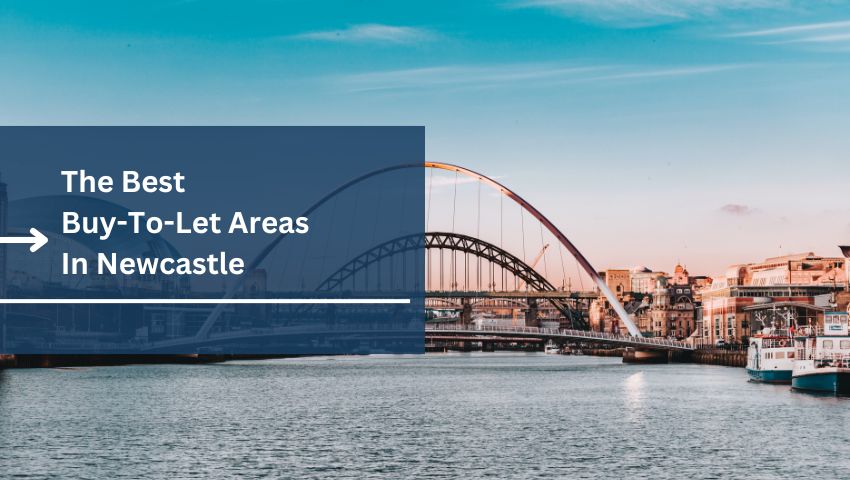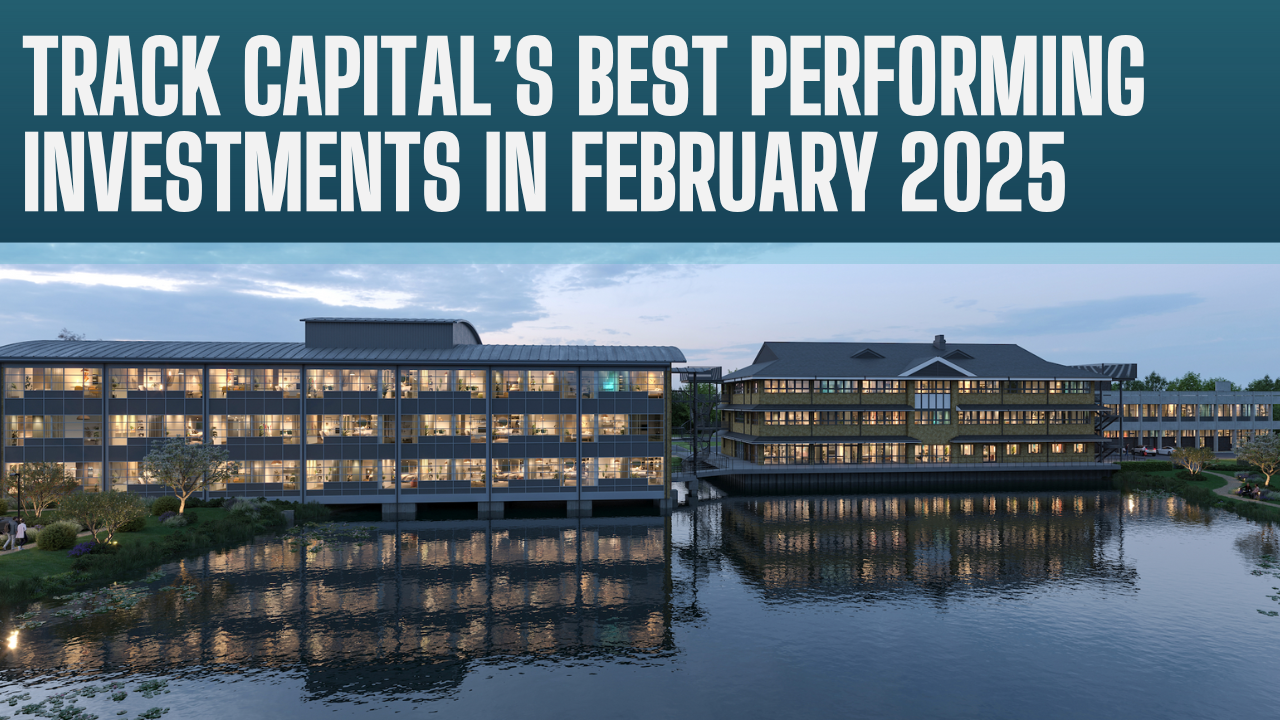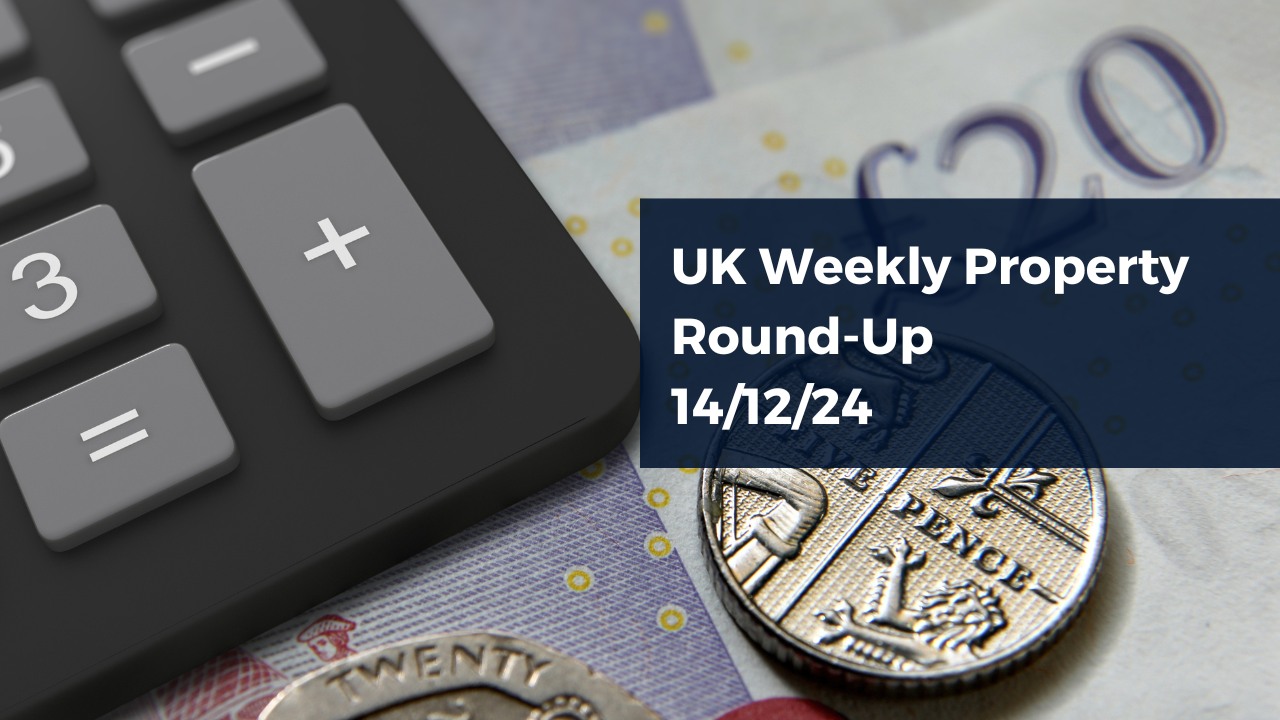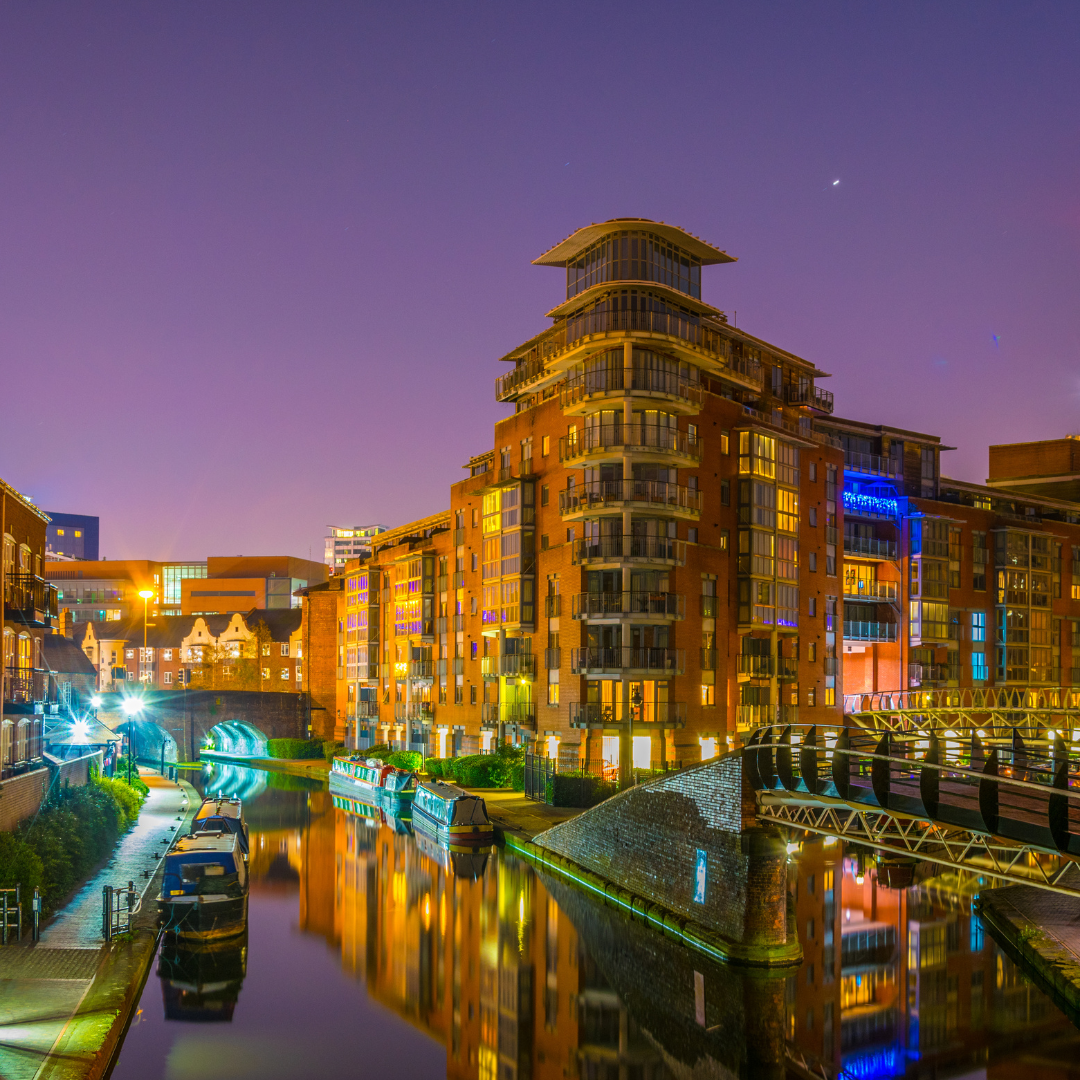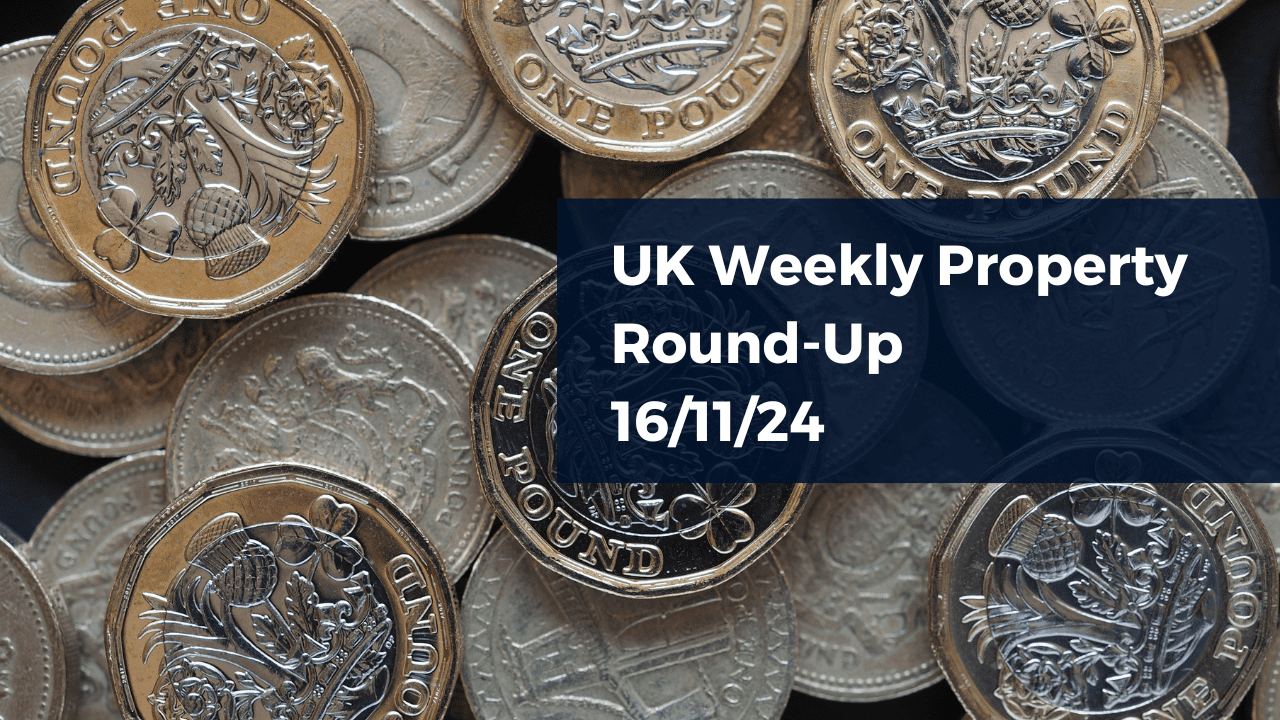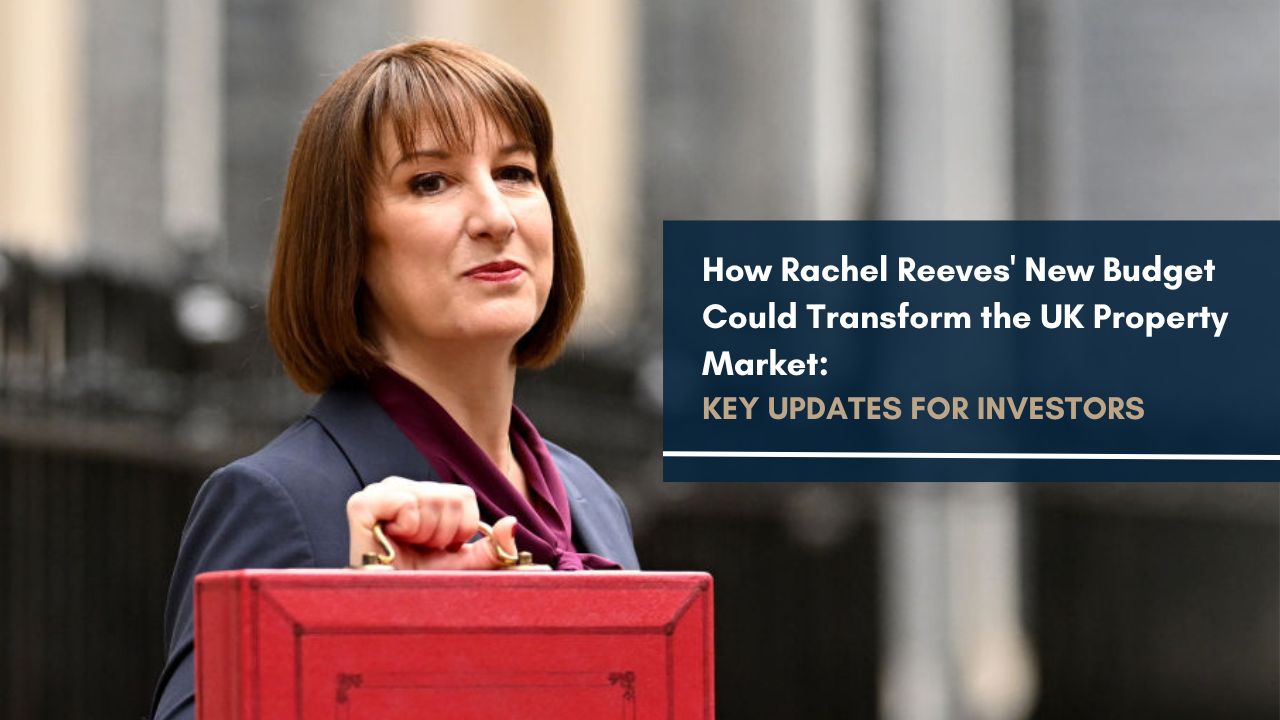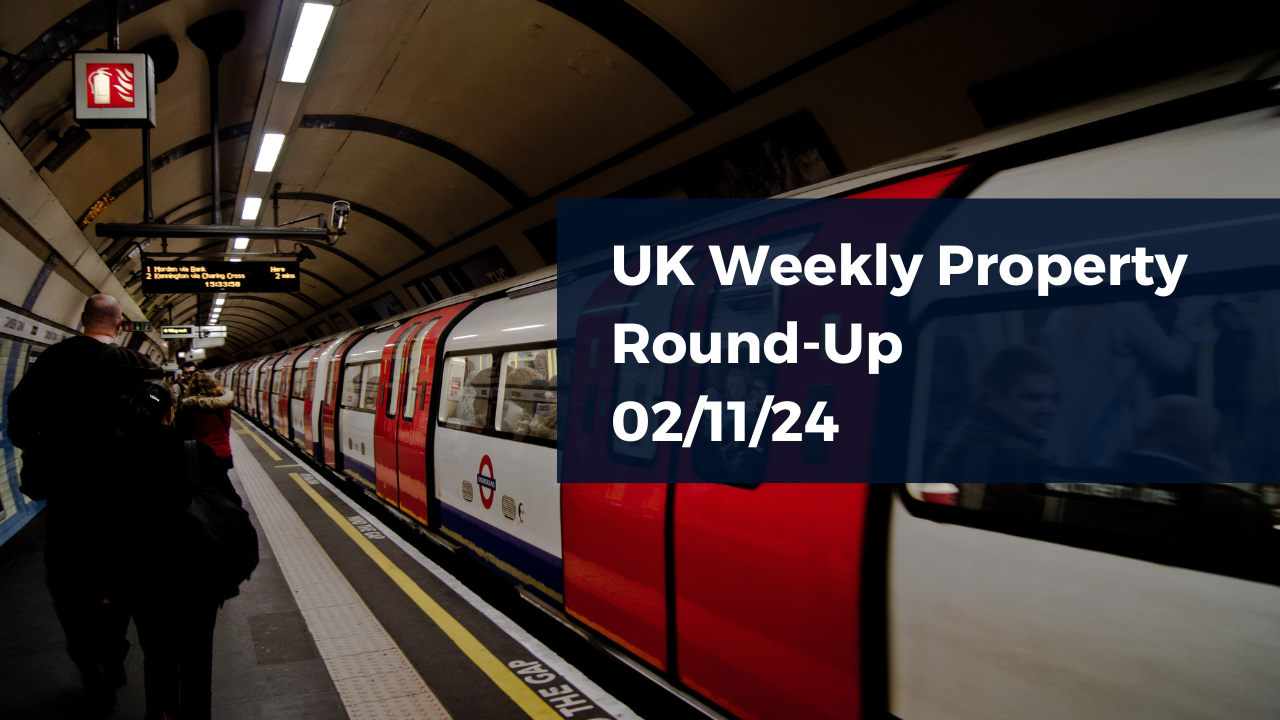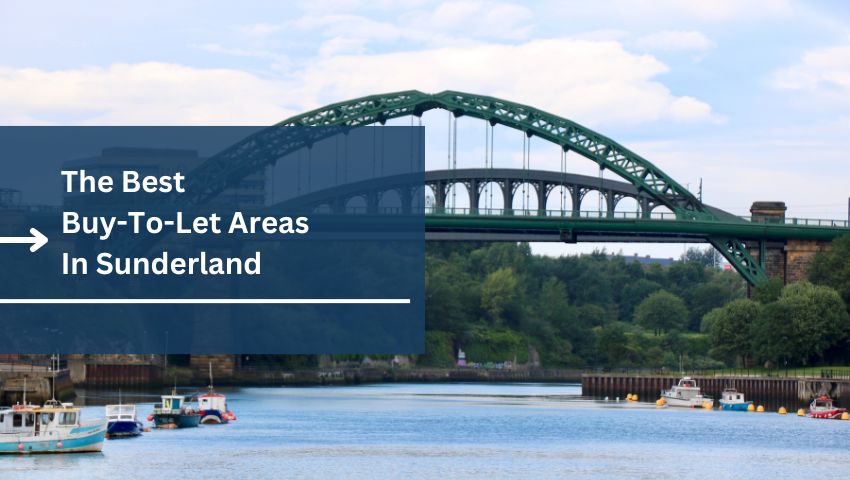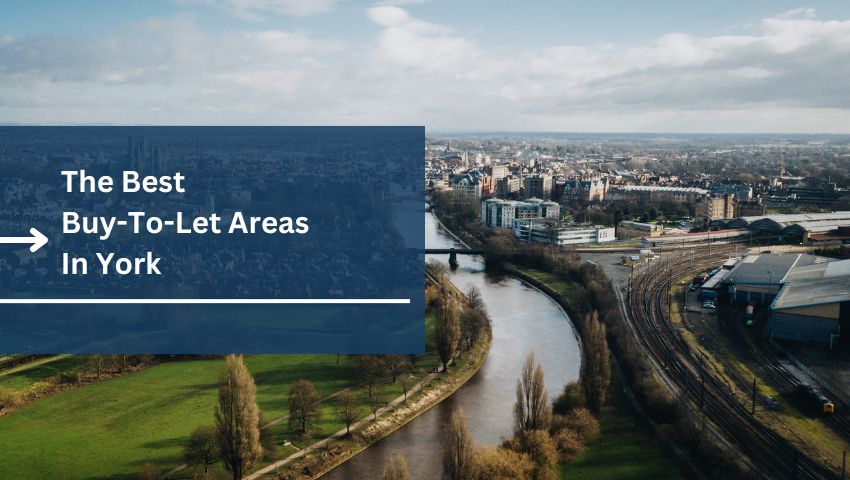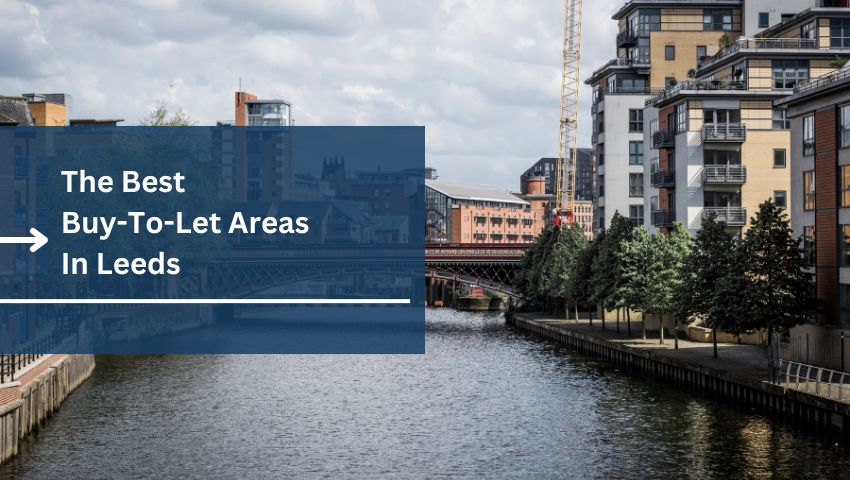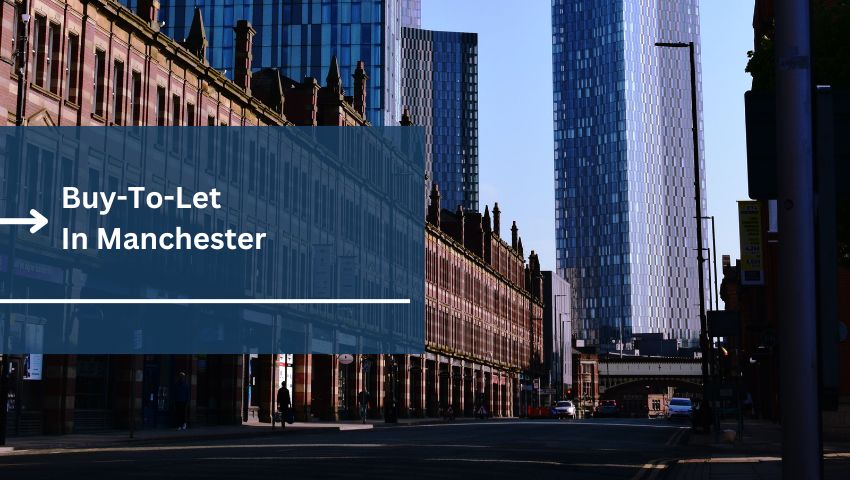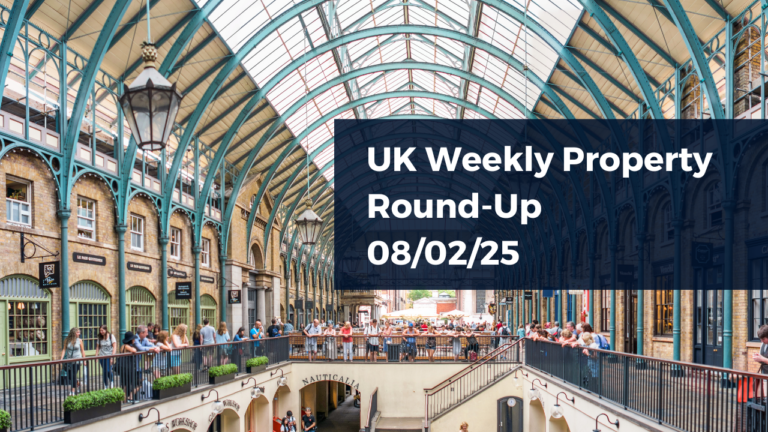Newcastle and the surrounding regions of the North East are quickly becoming some of the UK’s hottest spots for a buy-to-let.
There’s good reason, too. House prices are some of the most affordable in the country, with 8 of the 10 most affordable places in the UK in the North East, but there’s huge growth potential.
In this guide, we’ll explain that potential, explore what makes Newcastle a good investment choice, and we’ll break down the best areas to buy right now, based on current market data.
Overview
Newcastle first appeared as a Roman settlement under Emperor Hadrian in the 2nd century AD. The Romans are long gone, but their settlement has since turned into the most populated city in northeast England.
The city was a major player in the UK’s industrial revolution, with coal production becoming the backbone of the local economy. Unfortunately, the decline of industry and the closing of the mines over the last century had a massive impact on living standards, employment, and the city’s development – the results of which are still felt today in certain areas.
But despite that, the city has forged a strong reputation as a cultural highlight, with Tripadvisor Travellers’ Choice Destination Awards ranking Newcastle third in Europe and seventh worldwide. The local football team has a widespread, passionate base of support, live music and events are plentiful, and it has one of the best “nights out” in the country (Newcastle’s nightlife is worth around £340 million annually).
Education is big, too. Newcastle University and Northumbria University create a young, dynamic feel to the population, and aid the region’s growth by retaining talent.
The city is now home to many reputable businesses that attract professional talent to the city, including Greggs HQ, BBC North East and Cumbria, and the UK’s first biotechnology village: the Centre for Life. Yet the most significant economic pillar for Newcastle is its retail sector, ranking the city in the top 10 retail centre expenditure in the UK and one of the most attractive destinations for shoppers.
Why Is Newcastle A Good Choice for Property Investors?
Saudi Arabia’s Public Investment Fund (PIF), along with the Reuben family and Amanda Stavely, purchased the city’s famed football team, Newcastle United, in 2021. They did so as an investment, not only in football but in a region primed for regeneration and growth.
Much like Manchester experienced in the wake of Abu Dhabi’s takeover of Manchester City, you can expect significant investment from the new owners in the city’s buildings, infrastructure, amenities, and more.
The city already has all of the fundamentals we look for (connectivity, education, employment), but the potential knock-on effect of large-scale regeneration and development projects on the local property market sets up a huge opportunity for investors.
But it’s not all about the potential. Right now, Newcastle is delivering as one of the most cost-effective, top-performing cities for a buy-to-let, based on our research.
Every year, we publish a buy-to-let yield map. In 2024’s version, Newcastle came out as the best city in the UK for property investment, based on average rental yields.
That’s because the average price of a home in Newcastle is £202,000, much lower than many of the other large cities in the UK (Manchester, for comparison, is £253,000). Meanwhile, rents average £1,197 per month, giving an average yield of 7.33%.
That yield was matched by neighbouring Middlesborough, although Newcastle’s stronger property price growth in the last 5 years (13% vs Middlesbrough’s 8%) helped it clinch 1st place in our research.
Available Buy-To-Let Properties In Newcastle
The 10 Best Buy-To-Let Areas In Newcastle
So, which are the best postcodes to consider when investing in a buy-to-let in Newcastle?
Using industry data on postcode performance, we’ve identified the 10 best hotspots, based on rental yield. Here are the results:
| Postcode | Avg Property Price | Avg Monthly Rent | Avg Rental Yield |
|---|---|---|---|
| NE1 | £156,358 | £1,112 | 8.5% |
| NE8 | £126,864 | £789 | 7.5% |
| NE2 | £262,513 | £1,617 | 7.4% |
| NE6 | £171,283 | £1,004 | 7.0% |
| NE4 | £161,148 | £897 | 6.7% |
| NE10 | £142,992 | £710 | 6.0% |
| NE37 | £123,073 | £614 | 6.0% |
| NE33 | £129,360 | £631 | 5.9% |
| NE7 | £224,191 | £1,046 | 5.6% |
| NE5 | £183,534 | £859 | 5.6% |
1. NE1 – Newcastle City Centre, Grainger Town
With an average asking price of £156,000 and an annual rental yield of 8.5%, NE1 currently offers the best potential return for buy-to-let investors in Newcastle. It’s also a rare feat to find an area in which house prices have actually lowered over the past five years, decreasing by 3% since 2018. We’d go as far as to say that property is undervalued in this area, despite it becoming an increasingly sought-after destination for those willing to invest further north.
NE1 is home to Newcastle’s city centre, which offers a healthy mix of commercial, retail, culture, bars and nightlife options. Newcastle City Council have gone to great lengths to attract a diverse range of people, including professionals, students, and tourists. The lively atmosphere and amenities in the area make it an attractive location for tenants.
2. NE8 – Gateshead, Bensham
Crossing over the iconic Tyne Bridge opens up a wealth of opportunities for property investors in the Gateshead area. House prices – £127,000 on average – are more accessible compared with other areas of the city, yet the rental yield of 7.5% remains strong enough to make the investment worthwhile.
Gateshead is another area that’s seeing steady development, particularly around the Gateshead Quays area, the Sage Gateshead music venue and the Baltic Centre for Contemporary Art. All of these projects have enhanced the appeal and opened the door to further investment and regeneration.
3. NE2 – Jesmond
You’ll find NE2 to the northwest of the city centre, covering part of Jesmond. This is one of the most sought-after areas of the city though also one of the most expensive, with properties commanding an average asking price of £262,000.
The area is renowned for its mix of period properties, Victorian terraces and modern apartments, which attract a diverse range of tenants and strong rental demand. One of the best attractions here is the Town Moor Park and Gardens, a wonderful green area that is perfect for walking, exercising and other recreational activities.
4. NE6 – Walker, Byker, Heaton
The NE6 postcode offers an attractive rental yield of 7% per year. Rental demand is strong here due to the area’s easy links to the centre and universities. House prices have risen by 20% over the past five years, with a current average asking price of £171,000.
There are many parks and green spaces on the east side of the city, including Heaton Park, St Anthony’s Park and Armstrong Park. Projects such as the Byker Wall regeneration and improvements to local infrastructure aim to enhance the quality of housing and amenities in the area. This will likely lead to further capital growth and increased property values in the area over the coming years.
5. NE4 – Bishopston, Gloucester Road
NE4 covers the areas of Arthur’s Hill, Fenham and Benwell to the west of the city centre. It also serves several of the main campuses of Newcastle University – one of the UK’s leading ‘red brick’ universities, boasting a student population of just under 30,000 students. It also covers the campuses of Northumberland University, which attracts even more students, roughly 32,000 per year.
Annual rental yields here sit at 6.7%, whereas its average house price remains accessible at £161,148. As you’d expect, the area is a hotspot for student property investment and HMOs in the city. It’s also the home of several vibrant markets and shopping parades, including the historic Grainger Market, founded in 1835, and the Northumberland Street Market.
6. NE10 – Heworth, Felling
NE10 is in the Gateshead borough and well-connected to both Gateshead and Newcastle City Centre by bus and train, with the local station at Heworth a popular transport option for commuters.
This area offers a range of housing options, from apartments and terraced houses to larger family homes. This diversity allows investors to cater to different preferences and target different segments of the rental market. House prices have risen by 15% over the past five years, which is a good indication that the neighbourhoods here are becoming increasingly in demand.
7. NE37 – Washington
NE37 encompasses the areas of Washington, including Concord and Sulgrave, which are situated midway between Newcastle and Sunderland. It is a strategic location with easy access to the A1, making it a desirable area for commuters working in Newcastle, Sunderland, or Durham.
As a result, annual rental yields here average around 6%, with a highly affordable average house price of £123,000. This makes NE37 a prime area for investors looking for steady rental returns and potential for capital growth. The area benefits from a variety of local amenities including the Washington Galleries Shopping Centre, which hosts a range of high street retailers and independent shops.
Fun fact: Washington is home to the historic Washington Old Hall, the ancestral home of the family of the first US President, George Washington.
8. NE33 – South Shields
South Shields is another popular choice for those looking for options a little further outside of the main city centre. Many are drawn by its coastal location, offering residents easy access to beautiful beaches, promenades and stunning coastal scenery. It’s a great option for those looking for a seaside lifestyle and outdoor recreational activities.
House prices – on average £129,000 – are definitely lower than what you’ll find in central Newcastle. However, the fantastic range of train and bus links means that it only takes 30-40 minutes for those that work in the city, or just an hour by bike for those that wish to cycle in.
9. NE7 – Heaton, High Heaton, Benton
NE7 covers the areas of Heaton, High Heaton, and Benton, northeast of Newcastle city centre. These neighbourhoods are known for their strong sense of community, excellent local amenities, and convenient transport links, including regular metro services to the city centre and nearby coast. Heaton, in particular, is famed for its independent cafes, shops, and eateries, particularly along Chillingham Road.
Annual rental yields in NE7 average 5.6%, while the average property price stands at £224,000, making it one of the more expensive postcodes on our list, but equally, one of the most sought-after. The area is particularly popular with young professionals and families due to its location, while you can expect a sizable student population with Northumbria University’s Coach Lane campus nearby.
10. NE5 – Denton, Westerhope, and Fenham
NE5, covering the suburban areas of Denton, Westerhope, and parts of Fenham, is located to the west of Newcastle city centre. Denton and Westerhope are known for their green spaces, such as Denton Dene and Westerhope Golf Club, offering residents ample opportunities for outdoor activities. Additionally, the area hosts several well-regarded schools, making it attractive to families.
Annual rental yields in NE5 average 5.6%, with an average property price of £183,534. It’s a solid choice for investors looking for a balance of yield and capital appreciation potential.
Thinking about buy-to-let in Newcastle?
If you’re looking for an affordable UK city with a thriving rental market, Newcastle could be the perfect choice for your next buy-to-let. Feel free to get in touch with our friendly team to discuss your situation and the main objectives for your next investment.
NB. The data in this article is an accurate representation of the Newcastle property market as of June 2024. We’ll review statistics and update this report next year, in 2025, with fresh data.


